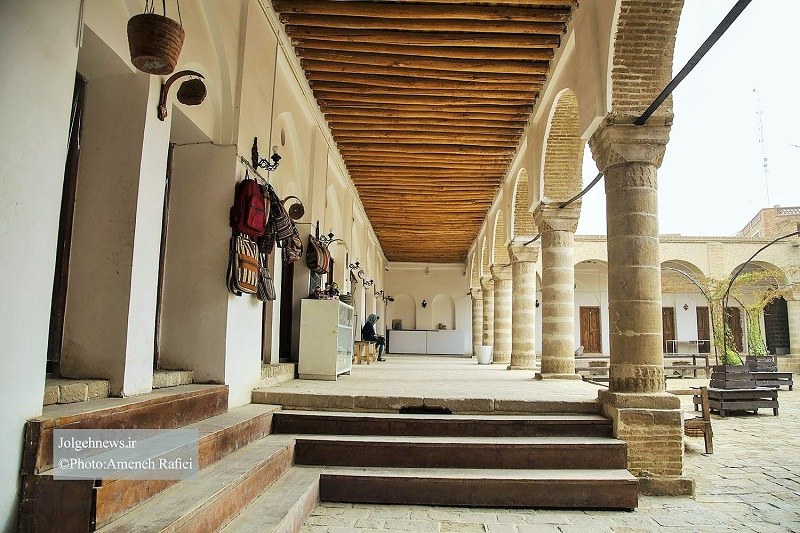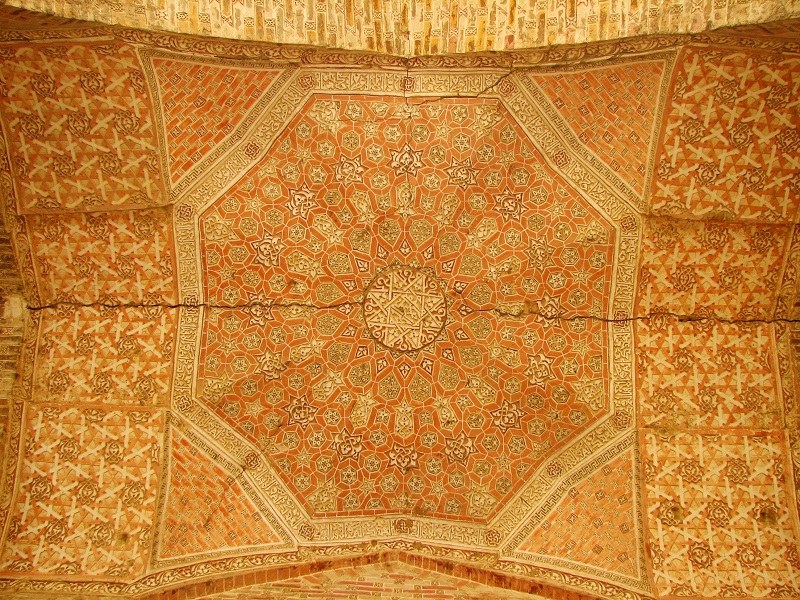
Hegmataneh, also known as Ecbatana, is a vast historical area in the center of current Hamedan City, overlooking Ekbatan Street. This place is one of the most well-known historical mounds of Iran. Based on the ancient monuments of this region, Hegmataneh dates back to the reign of the first Iranian kings, the Medes.
Hegmataneh is an ancient place where archaeologists discovered palaces, mansions, and other historical monuments related to the Median and Achaemenid periods. According to the historical theory of Herodotus, the Greek historian, the Medes used Hegmataneh as a royal complex of mansions and palaces in approximately 800 BC.
The Ancient City of Hegmataneh, a Historical Memorial of the Medes
Deioces, the founder of the Median dynasty, chose Hegmataneh as his kingdom capital. Architects enclosed all the residential, military, treasury, administrative, and storage buildings within a tall protective wall at this ancient site.
Medes were a tribe living in the northern, central, and western parts of Iran. The Median government was always occupied with battles against the Assyrians who threatened all the neighboring nations. Eventually, they overcame the Assyrians.
After the fall of the Median government, the Achaemenids began their kingdom in this place. The cruelty of the last king of Medes, Astyages, led to the fall of his reign. Thus, the Medes had to leave many buildings of their territory for Achaemenids.
Architecture in the Ancient City of Hegmataneh
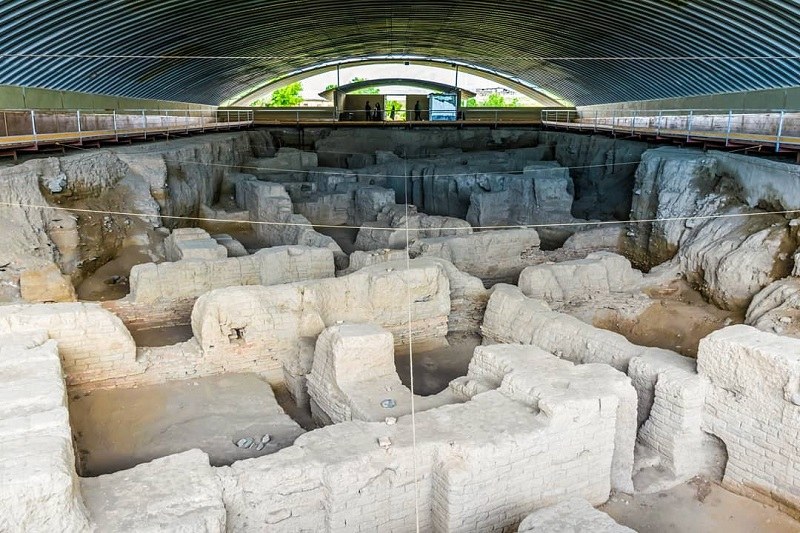
On Hegmataneh’s historical mound, one can see the remains of the monuments that belong to the pre-Christendom kings. They have their own particular styles of ancient periods. At that time, architects constructed labyrinthine castles and massive structures with a variety of materials, especially sun-dried brick, mud, and stone.
In addition, there are some residential houses built around the castles. Archaeologists have discovered the traces of the people living then in that area. Architects have used gold, silver, tiles, and decorative materials to build the palace of the kings there.
According to archaeological findings unearthed in the Hegmataneh area, the builders had considered special spaces there to transfer water or store goods. They had also built water channels all across the area.
The buildings on this historical Iranian mound have large courtyards, rooms, and warehouses. The experts of the time have designed and constructed many transit routes near Hegmataneh for crossing between different places.
Historical Relics Discovered in Hegmataneh Area
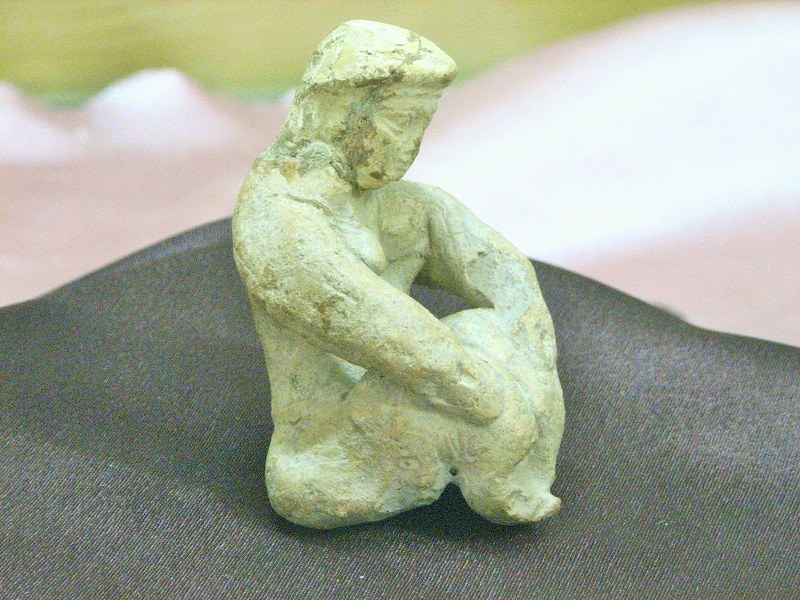
Archaeologists have found valuable relics in their numerous excavations and explorations carried out in this region. Here are some of the historical relics unearthed there:
Goat Head Rhyton
The goat head rhyton is one of the most beautiful and valuable relics of this region. This ancient object is a golden vessel with a decorative carved head of a goat on it. Today, this rhyton is kept in the National Museum of Iran, also known as the Iran Bastan Museum.
Arsham Golden Tablet
Another discovery of the archaeologists in Hegmataneh’s ancient mound was Arsham Golden Tablet dating back to the Achaemenid era. There is a cuneiform script on this object too. This tablet is now out of Iran, kept in a private collection.
Darius II Golden Tablet
Archaeologists discovered the golden tablet of Darius II, another ancient relic in Hegmataneh. On this tablet of about 13×16 cm, there are also cuneiform writings. It is currently at the Iran Bastan Museum, also known as the Museum of Ancient Iran.
Lion Head Rhyton
Lion Head Rhyton and Xerxes Silver Bowl, discovered from Hegmataneh by archeologists, date back to the Achaemenid Empire era. This amazing object is now at the National Museum of Iran.
Other Findings of the Area
In their excavations near Hegmataneh and at Ganjnameh of Hamadan, archeologists have discovered two large epigraphs on the rocks. The inscriptions date back to the era of Darius I and Artaxerxes II and contain cuneiforms inscriptions.
During their excavations in the area, archaeologists have unearthed other valuable objects like a silver plate dating back to the Achaemenid Empire and a silver cup of the Artaxerxes I era.
According to the report in “Ecbatana Up to Now”, archeologists have found 8 pieces of gold and silver tablets in Hegmataneh ancient mound and Persepolis. Six of these tablets are found in this historical mound and two of them in Persepolis.
This shows the archaeological significance of Hegmataneh’s historical mound.
What’s Left to be Visited?
These are the places of visit in Hegmataneh historical site:
Hegmataneh Museum
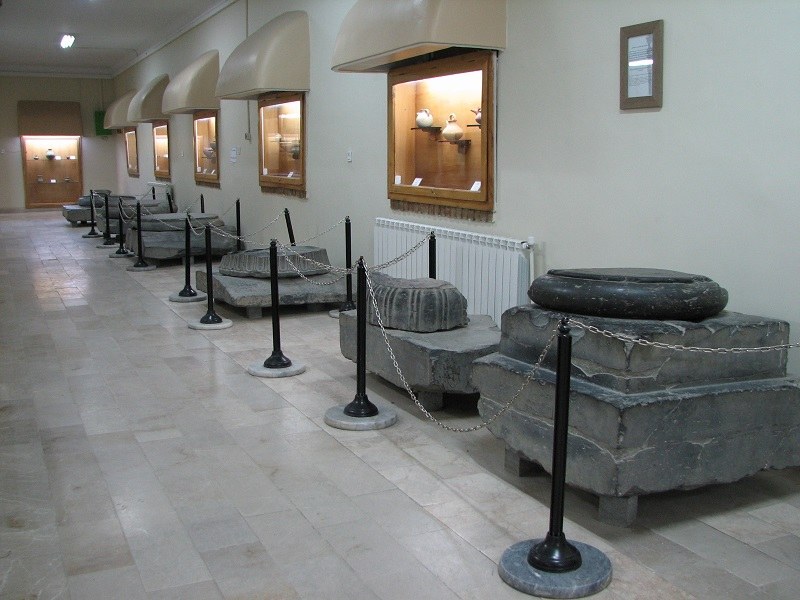
This museum is an attraction worth visiting located at the site of this mound. Iranian Cultural Heritage Organization authorities have exhibited a large number of historical relics and other objects of the region to the public here.
In this museum, there are ancient objects of prehistoric and post-Islam eras. Pottery jugs, metal, stone, and glassy objects of historical value are some of the example objects exhibited in this museum.
Hegmataneh Church
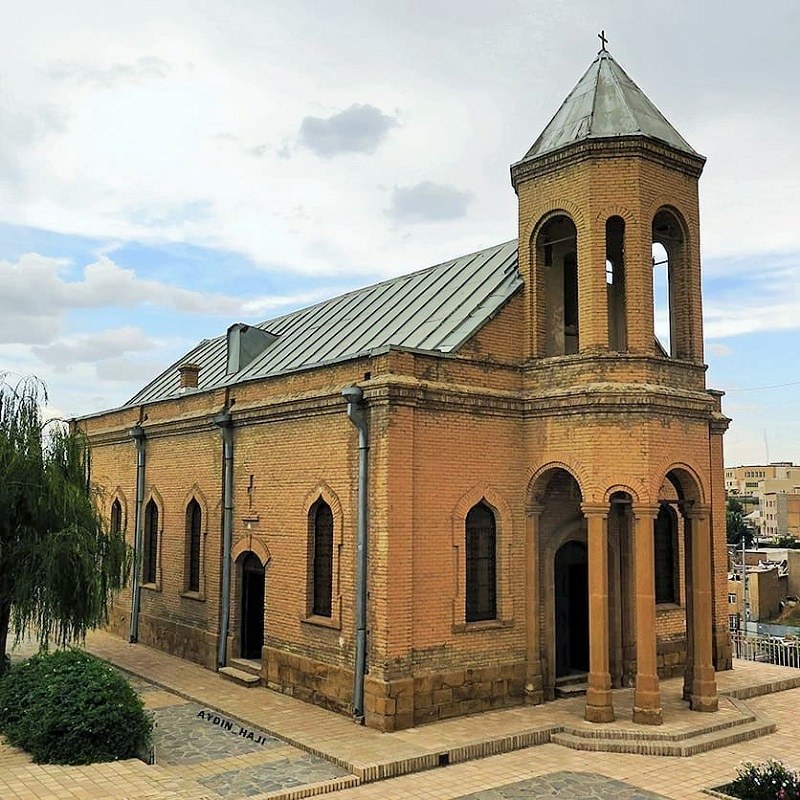
Another magnificent monument of Hegmataneh is an Armenian Church called Gregory Church. The architects have built the Gregory Church in 1676 in the Hegmataneh area, which coincided with the reign of Shah Sultan Hussein, a Safavid Shah of Iran.
The architecture of Gregory Church consists of several large halls for religious rituals, stone columns, and a dome. Artists and architects have built beautiful patterns and decorations on the facade of the church. The church building is located in the eastern part of the Hegmataneh mounds.
Benefits of Visiting Hamedan
If you are a visitor to Hamedan, make sure you spend a couple of hours at the site of Hegmataneh to walk around and explore this historical mound of Ancient Iran. It is worth visiting the site, church, and of course the museum there. All these historical monuments and relics make you familiar with one of the major landmarks in the formation of the pre-Islam civilization of Iranian.






